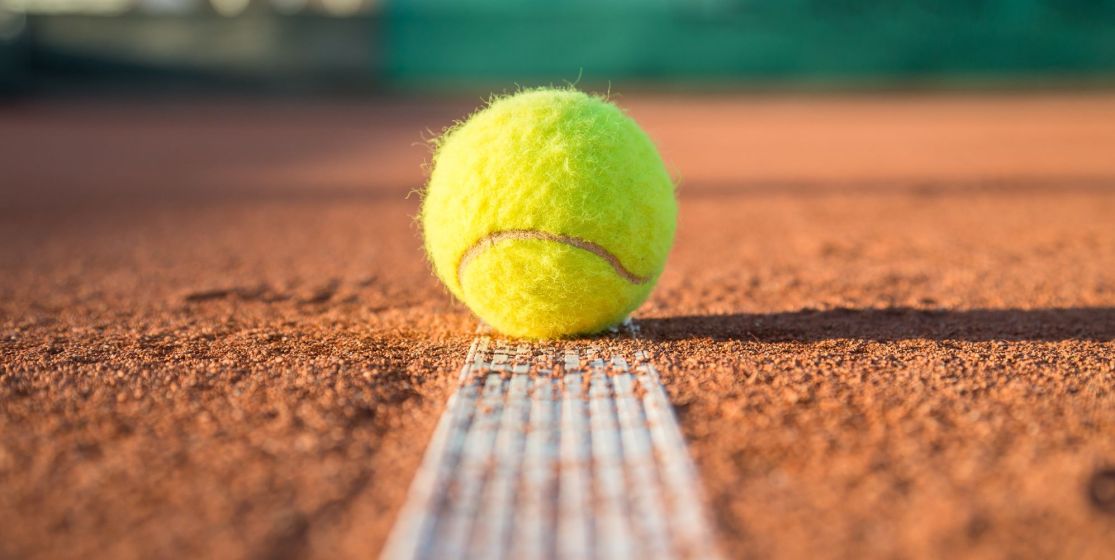In history, the 1000 Masters often crowned brilliant players who never managed to win Grand Slam tournaments. This is perhaps where the distinction between the elite and the absolute best lies.
The BNP Paribas Masters might move in the tour's schedule. We talk about next February. There may be two editions in three and a half months. The organizers, Guy Forget in particular, are very happy about it. Set at the very end of the year, the BNP Paribas Masters often gets very tired players... should they turn up at all. So, the Paris tennis tournament often crowns the second-level players with the laurels of victory. But never an outsider from the depths of the ATP rankings. It’s the aftermath of nine Championship Series (1990/96), Super 9 (97/99) of the nine Masters Series (2000/08) or Masters 1000 (since 2009), these super-tournaments, halfway houses between the Grand Slams and the regular tour. Their track record alone would justify the description of a gulf between the winners of the Masters 1000 and the winners of Grand Slams, separating the merely “great” players and the crème de la crème. Proof.
A winner of four Masters Series, Nikolay Davydenko failed four times in the semi-finals of Roland Garros and New York. David Nalbandian has won two - Madrid, Paris - for a loss at Wimbledon when he was twenty. On the shelves of the ATP Masters 1000, we can find countless unfortunate finalists or semi-finalists of Grand Slams over the past ten seasons: Tsonga, Berdych, Coria, Pioline, Ljubicic, Corretja, Söderling, Henman, Mantilla, Canas, Johansson, Grosjean, Enqvist ... Finally, there are the winners of one and only major, a bit like those yellow jerseys of the Tour de France who arrived at the right time, and the multiple Masters Series winners such as Ferrero or Moya ... The first prize going to Andy Roddick, victorious at Flushing Meadows in 2003 and winner of five of the nine 1000 Series tournaments. In Grand Slams, the American has mostly had the misfortune to fall four times against Roger Federer in the finals of Wimbledon and New York. So, why this distinction?
"In Grand Slam, there is no room for the slightest weakness"
"While some of these tournaments (Editor's note: Rome, Cincinnati, Monte-Carlo, Canada) have a history attached to them, the Grand Slams are the Holy Grail for the players. Everything is different: the best-of-five format, the media pressure, their rarity, the weight of tradition, and the physical condition. This whole universe promotes the very best, there is no room for the slightest weakness" explains Heinz Günthardt, former Swiss number one and former coach of Steffi Graf and Ana Ivanovic. “There are countless times when the big names came back from a two sets down in a Major. The format of the Masters 1000 does not allow this kind of flexibility. The top seeds fall much faster.” “One of the major differences between the two types of tournaments relies heavily on the physical condition” continues Günthardt. “And the closer we get to the end, the more it counts. And it’s the mind that makes the difference at the end of Grand Slams. This probably explains why players like Mecir in the past or Berdych today didn't win any Majors. In the last three rounds, these are the strengths that mark out Federer, Nadal, Djokovic and Murray from the rest.”
Andy Murray is the perfect case-study of the difference between a Masters 1000 winner and a Grand Slam champion. Before his summer victories at the Olympics and the U.S. Open, the Scot had lost four Grand Slam finals and won... eight Masters Series. As if the weight of history and the lack of British winner for over half a century crushed him under the pressure. "We knew he had as much quality as the other three but he lacked a “click” even if he denies it today," says Heinz Günthardt, before concluding: "Taking Ivan Lendl (Editor's note: beaten as well in his first four Grand Slam finals) as a coach was a wise decision. He learned to tame the event. More than his victories in Masters Series acquired in two sets, it's his numerous finals and semi-finals in the four Grand Slam tournaments that led him to believe that victory was within reach. Even if it doesn't look like much, the difference is huge." At least as much as between one U.S. Open and eight Masters Series…
By Rico Rizzitelli






